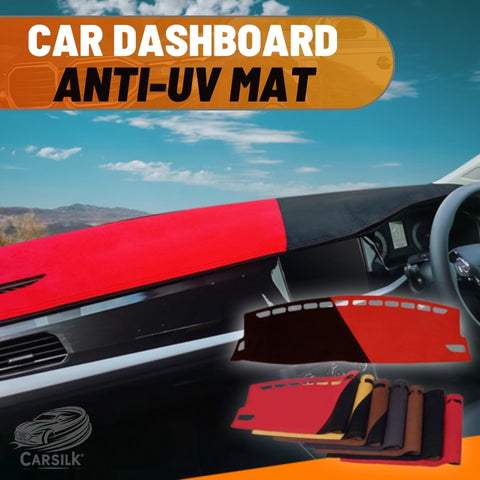Winter driving presents many challenges for drivers, especially on snow-covered roads. Knowing how to drive in snow safely is vital for avoiding accidents and ensuring a smooth journey. Whether you’re a seasoned driver or new to winter conditions, following safe driving tips can help you navigate icy and slippery terrain with confidence. Proper preparation of your snow auto and understanding key aspects of winter driving will keep you and others safe on the road.

Driving in snow is challenging. Stay cautious to avoid accidents.
Why Winter Driving is Dangerous and Requires Preparation

Winter roads are slippery. Prepare well for safe driving.
Winter driving on a snow road requires extra care because snow and ice significantly reduce tire traction and vehicle control. According to AAA research, winter storms contribute to hundreds of thousands of crashes annually, many of which could be prevented by following proven safe driving tips. The slick surfaces of snow roads demand that drivers adjust their speed, braking, and steering.
If you’re not sure how to drive in snow, it’s essential to learn techniques that prevent skidding and improve control. Preparing your snow auto with proper tires and maintenance also plays a crucial role.
Preparing Your Snow Auto for Winter Driving

Clear snow from your car for better visibility.
Before venturing onto snowy roads, inspect your vehicle to ensure it’s ready for winter driving:
-
Tires: Use winter tires or all-season tires with adequate tread depth. Tires specifically designed for snow improve grip dramatically on icy surfaces.
-
Brakes: Test your brakes and repair or replace as needed. Responsive brakes are key for safe driving on slippery roads.
-
Fluids: Use winter-grade windshield washer fluid and keep your gas tank at least half full.
-
Battery: Cold weather can reduce battery efficiency, so get it checked.
-
Emergency Kit: Include items such as a flashlight, blankets, traction aids, and food.
Maintaining your snow auto properly supports safer journeys and prevents breakdowns in harsh weather.
How to Drive in Snow: Essential Tips
Learning how to drive in snow safely is vital for any driver. Here are some essential safe driving tips for winter driving on snow roads:
-
Drive Slowly and Smoothly: Snow and ice reduce traction. Drive below speed limits and avoid sudden movements. Smooth acceleration and braking help maintain control.
-
Increase Following Distance: Keep at least five to six seconds between you and the car ahead to allow more time to stop safely.
-
Avoid Cruise Control: On icy snow roads, cruise control may cause your snow auto to accelerate unexpectedly. Always control speed manually.
-
Use Lower Gears on Hills: This helps prevent wheel spin and maintains traction on slippery inclines.
-
Handle Skids Properly: If your vehicle skids, steer gently in the direction you want to go and avoid slamming the brakes.
Mastering these techniques improves your confidence and safety during winter driving.
Staying Warm and Comfortable in Your Snow Auto
Cold weather can affect your concentration and driving safety. To stay comfortable on chilly snow road trips, use effective insulation inside your vehicle. High-quality Carsilk seat covers are an excellent choice to keep warm during long drives in cold weather. These seat covers trap heat and help maintain body warmth, preventing discomfort from cold seats.
Combining Carsilk seat covers with warm clothing and blankets enhances your driving experience, helping you stay alert and comfortable throughout your journey.

Carsilk seat covers keep you warm and comfortable.
Read More: Car Seat Covers Suitable for Winter: Stay Warm and Cozy While Driving
What to Do if You Get Stuck on Snow Roads
If your snow auto gets stuck in deep snow or icy conditions, follow these safe driving tips:
-
Stay inside your vehicle to keep warm and remain visible to rescuers.
-
Use a brightly colored cloth tied to the antenna or placed in a window to signal distress.
-
Avoid overexerting yourself while trying to dig out your vehicle.
-
Keep the exhaust pipe clear of snow to prevent carbon monoxide buildup.
-
Run your engine and heater sparingly to conserve fuel but maintain warmth.
Essential Items for Winter Driving Safety
An emergency kit is vital for winter driving on snow roads. Include:

Being prepared helps you handle unexpected situations safely.
Final Thoughts on Safe Driving in Snow
Safe and confident winter driving requires both preparation and skill. Understanding how to drive in snow and applying these safe driving tips protects you, your passengers, and other road users. Properly maintaining your snow auto, keeping a well-stocked emergency kit, and staying warm with Carsilk seat covers will make your journey safer and more comfortable.
When driving on snow roads, always respect the conditions and drive cautiously. With the right mindset and preparation, you can face winter weather with confidence and stay safe.



